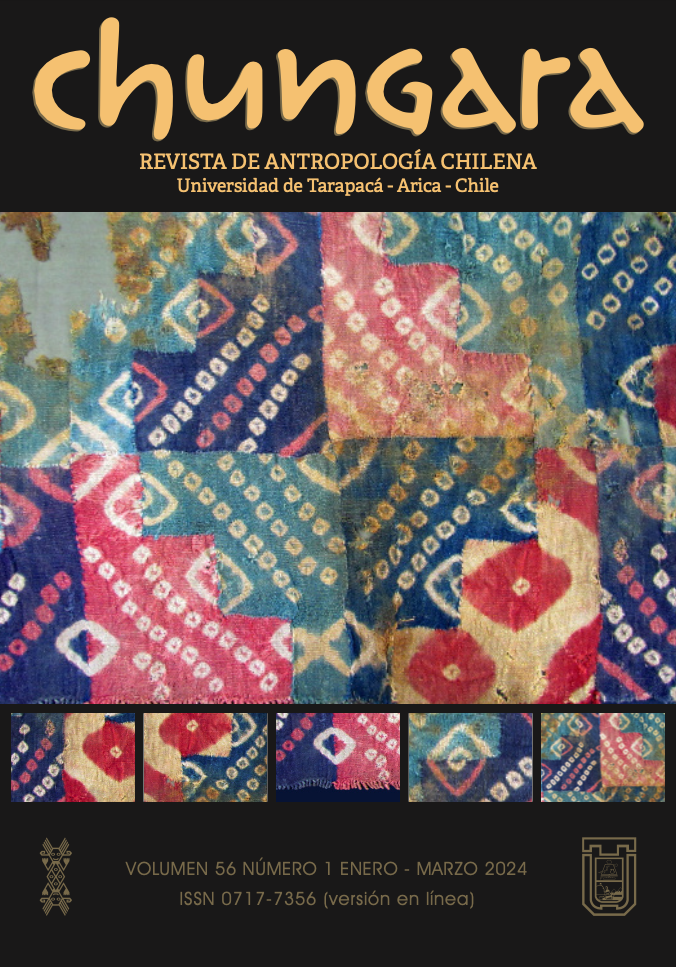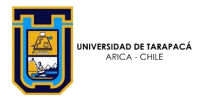Written by Super User. Posted in Papers - English
DE LO PRECOLOMBINO A LAS CADENAS OPERATORIAS. EL MUSEO NACIONAL DE ETNOGRAFÍA Y FOLKLORE (MUSEF) DE BOLIVIA EN PERSPECTIVA HISTÓRICA
FROM THE PRE-COLUMBIAN TO THE CHAÎNES OPÉRATOIRES. THE MUSEO NACIONAL DE ETNOGRAFÍA Y FOLKLORE (MUSEF) OF BOLIVIA IN HISTORICAL PERSPECTIVE
Juan Villanueva Criales (Bolivia)
This article focuses on an important part of the history of Bolivian museums, specifically on that of the National Museum of Ethnography and Folklore (MUSEF) and its precursors, which can be traced back to the first Public Museum of La Paz founded in 1846. Based on existing documentation, this paper provides an approach to the character of these exhibitions over time, relating them to the prevailing political discourses of each period. Finally, a more detailed approach is taken to discuss recent MUSEF periods, and the way in which the concept of chaîne opératoire has been used to articulate the pre-Hispanic with the present (a very strong separation that stems from the revolutionary nationalism of the 1950s) through material bridges.
Continue reading - PDF
Print
Email
Written by Super User. Posted in Papers - English
ENTRE PABLO NERUDA Y RIGOBERTA MENCHÚ. REPRESENTACIONES DEL PASADO PRECOLOMBINO EN MUSEOS DE CHILE
BETWEEN PABLO NERUDA AND RIGOBERTA MENCHÚ. REPRESENTATIONS OF THE PRECOLOMBIAN PAST IN MUSEUMS OF CHILE
Jacqueline Correa-Lau, Javiera Carmona, Gabriela Carmona, Victoria Castro y Calogero M. Santoro (Chile)
It examines the uses and modes of representation of pre-Columbian cultures and indigenous peoples in a group of archaeological museums in Chile from a critical reading covering from the nineteenth to the twenty-first century. The present of the archaeological museums is observed from the complexity of the relations between the pre-Columbian cultural objects they exhibit and past and present indigenous societies, on which a classification was elaborated expressed in the two positions that are derived from their discourses and museological practices. In the first, scientific criteria predominate in the museological conception and evokes a phrase from the verse of the Chilean poet Pablo Neruda in Alturas de Machu Picchu: “I come to speak for your dead mouth”. The second is characterized by an inclusive approach that recognizes the need to develop museum proposals with and for indigenous and non-indigenous communities, and refers to Rigoberta Menchú’s claim in her autobiography for giving her own vision of the history of her people: “my personal situation encompasses the whole reality of a people”. We also compare the Chilean experience and the museological phenomenon of the community museums of Mexico (i.e. Oaxaca) understood as a valid alternative of new guidelines in the curatorial discourses, on the representations of pre-Hispanic and present native peoples, to be adopted by the Chilean museums. In sum, as part of the widespread tendency to incorporate the thoughts and approaches of indigenous communities into museological work, the aim of the article is to problematize the system of Chilean archaeological museums and to analyze the dynamic relationship between the museum’s agency, its social actors and the contextual conditions that particularize its experience, whose understanding is significant in the projection of eventual transformations, which, although recognized as urgent matters, few examples have been maintained over time in Chile.
Continue reading - PDF
Print
Email







